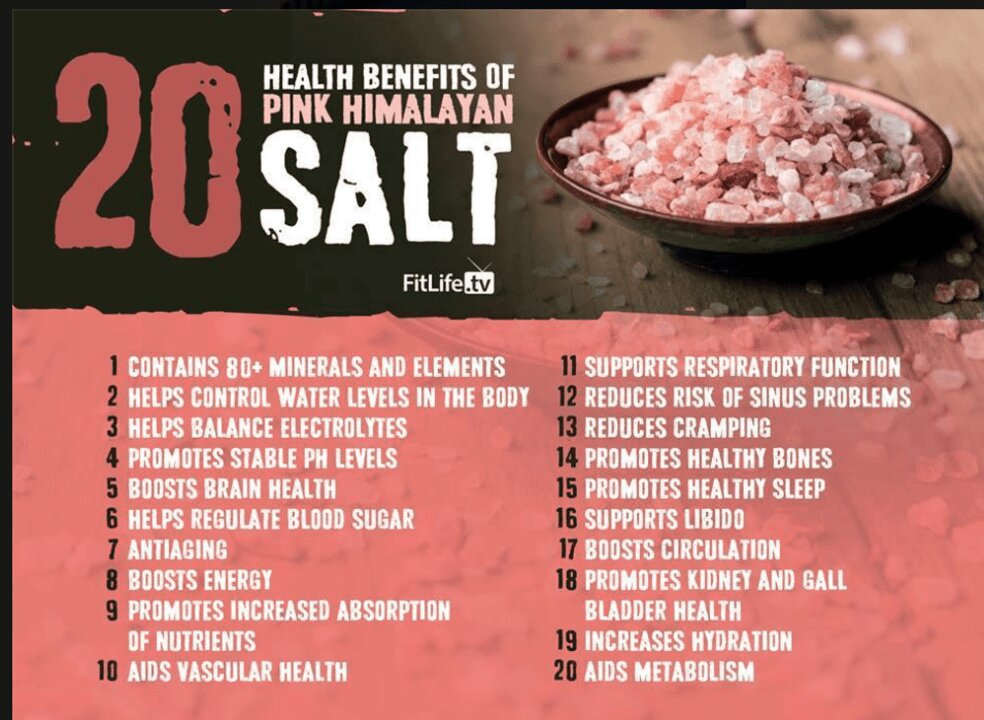Premium Only Content

How 800 Million Pounds of Himalayan Salt Are Mined Each Year
Himalayan salt doesn't come from the Himalayas. It's mined deep inside the mountains of Pakistan at the Khewra Salt Mine. The pink rocks are turned into table salt, lamps, and statues, sold at a premium in Western countries. But despite pink salt's growing popularity abroad, Pakistan, historically, has seen little of the profits.
Himalayan salt is a type of rock salt that is mined from the foothills of the Himalayan mountain range. It is often referred to as pink salt or Himalayan pink salt due to its distinctive pinkish color, which is caused by the presence of trace minerals like iron, potassium, and magnesium.
One of the most popular uses of Himalayan salt is as a culinary ingredient. It is often used as a substitute for regular table salt, as it has a milder flavor and a more complex mineral profile. Many chefs also use Himalayan salt as a finishing salt, sprinkling it on top of dishes just before serving to add a subtle crunch and a burst of flavor.
In addition to its culinary uses, Himalayan salt is also valued for its purported health benefits. Some people believe that it can help to regulate blood pressure, improve hydration, and support a healthy pH balance in the body. However, these claims are largely unproven, and more research is needed to fully understand the potential health benefits of Himalayan salt.
Himalayan salt is also used for a variety of other purposes, such as in salt lamps and spa treatments. Salt lamps are made from large chunks of Himalayan salt that are hollowed out and fitted with a light bulb. When the bulb is turned on, the salt emits a warm, pinkish glow that is said to have a calming and soothing effect.
Overall, Himalayan salt is a unique and versatile product that has gained a following in the culinary and wellness communities. Whether you are using it to season your favorite dish or to create a relaxing spa environment, Himalayan salt is sure to add a touch of natural beauty and flavor to your life.
-
 5:30:52
5:30:52
SpartakusLIVE
9 hours agoDuos w/ @GloryJean || #1 Masculine Muscle MASS sears YOUR retinas with MIND BENDING content
223K3 -
 3:05:49
3:05:49
TimcastIRL
9 hours agoNew DOCS PROVE Obama Hillary CONSPIRACY To SABOTAGE Trump Admin | Timcast IRL
225K111 -
 2:29:36
2:29:36
Laura Loomer
9 hours agoEP136: YOU'RE FIRED! White House Vetting Crisis Continues
63K39 -
 8:07
8:07
MattMorseTV
9 hours ago $6.31 earnedTrump just LOWERED PRICES by 75 PERCENT.
38.2K39 -

Misfit Electronic Gaming
12 hours ago $4.37 earned"LIVE" "Blind Descent' +"Dollhouse of Dead" Playtest 10 Followers till we hit 1000! We CAN do this!
42K -
 21:53
21:53
Glenn Greenwald
11 hours agoMichael Tracey on the Street: What Do People Think of the Epstein Case?
129K59 -
 2:26:28
2:26:28
megimu32
8 hours agoOTS: Board Games Gone Wild! The Loud, Weird & Chaotic Games That Raised Us
38.9K9 -
 4:25:16
4:25:16
DamnDanieI
8 hours agoKill First, Loot Later – OTG Live
56.4K1 -
 56:41
56:41
Donald Trump Jr.
12 hours agoLies, Leaks, and Lawfare: Censorship Corruption Exposed | TRIGGERED Ep.263
182K165 -
 1:19:46
1:19:46
Precision Rifle Network
10 hours agoS4E25 Guns & Grub - Rex Is Back, I shot the 6.5PRC finally...
34.8K1